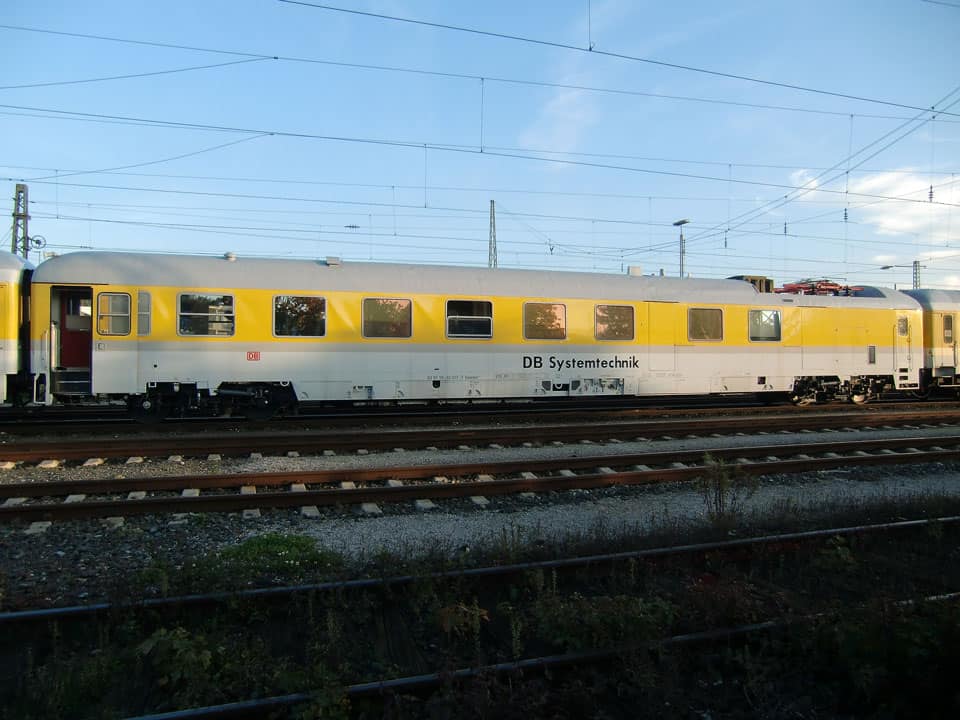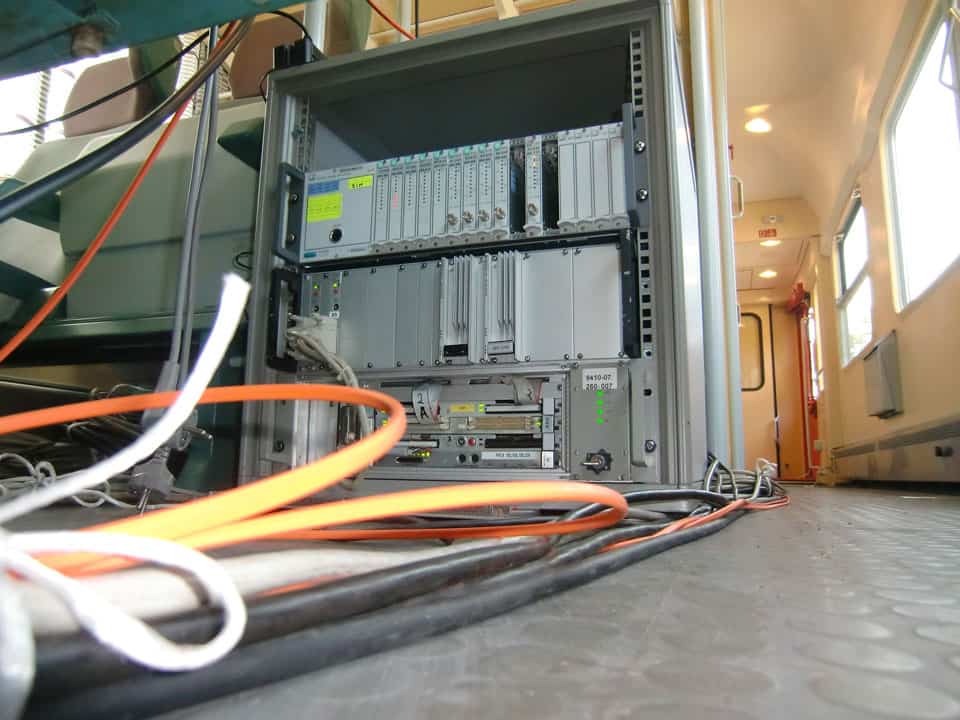Measurement technology in railway engineering
Extensive testing is required for approval of railway vehicles. This includes complex test runs to measure, for example, the forces between wheel and rail, acceleration in the spring stages or relative displacements of moving components. The European Dynotrain research project investigates to what extent computer simulations will be able to replace part of the measurement runs in future. The objective is to facilitate and accelerate European approval procedures. The driving technology division (Prüfungen Fahrtechnik) of DB Systemtechnik, located in Minden, Germany, uses HBM measurement technology for the measurements required for verification of the simulation programs.
Rail traffic is among the safest modes of transport in Europe. The criteria for approval of new railway vehicles are correspondingly strict. The approval procedure requires many conformity checks to be carried through. Measurement runs are mandatory to comply with relevant European standards. The objective of Dynotrain, a European research project involving a total of 21 research institutes and companies from six countries throughout the European Union, is to create a technical basis for facilitating and accelerating the approval procedures for railway vehicles in the future. To achieve this aim, part of the conformity checks required so far that involve relatively complex measurement runs are to be replaced by simulations. First of all, the reliability of these computer simulations, however, needs to be verified by comparison with the results of measurement runs (validation of computer models). Deutsche Bahn AG, with its subsidiary DB Systemtechnik, is a partner to the Dynotrain research project.

